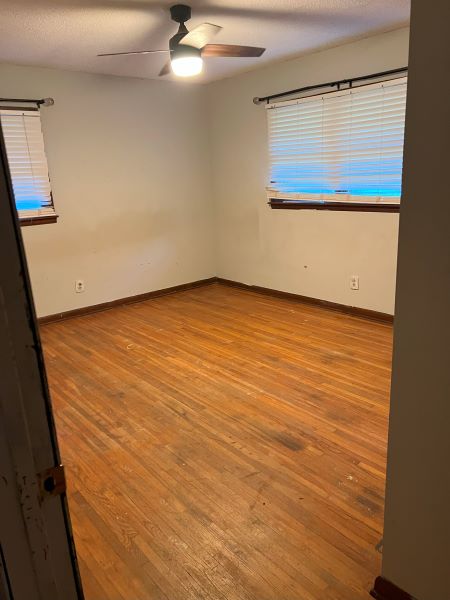Over 70{6fac3e6a3582a964f494389deded51e5db8d7156c3a7415ff659d1ae7a1be33e} of those earning a bachelor’s degree graduate with debt averaging almost $30,000. It’s been called a “student debt crisis” as the cost of college education rises (the cost of college has increased 225{6fac3e6a3582a964f494389deded51e5db8d7156c3a7415ff659d1ae7a1be33e} over the last 30 years) and new graduates struggle with repayment plans (complaints against student lenders went up 38{6fac3e6a3582a964f494389deded51e5db8d7156c3a7415ff659d1ae7a1be33e} last year)
There’s some comfort to have in knowing that the federal government wants to reform and improve the process of applying and repaying student loans. Obama, through a presidential memorandum in March, addressed major student loan issues in the “Student Aid Bill of Rights.”
It seeks to “ensure strong consumer protections for student loan borrowers” by reminding student borrowers of recent or upcoming changes to the student loan process. So, what exactly will the Student Aid Bill of Rights do for you?
Complain and Be Heard
Having problems with your federal student loan lender or the collection agencies that contact you when you default? By July 2016, the Department of Education will have a new online student feedback system where borrowers can easily complain and get their concerns and problems addressed in a timely manner. The complaint forum is a needed communication tool for student borrowers who often feel powerless in getting their frustrations with their lenders heard or addressed.
Visit 1 Website with All Your Student Loan Information
A new centralized website (that includes the complaint forum) will help you better keep track of your loans. If a lender transfers your student loans, you will see where exactly it goes and which lender you should contact if you have questions. The centralized student loan tracking system will also receive any disclosures from your lenders and be the one-stop website for all your student loan questions.
This new website ensures more transparency, clarity and accountability for both lenders and borrowers.
Possible Options for Bankruptcy
Unlike credit card debt, student loans cannot be discharged in bankruptcy. (There is an “undue hardship” exception, but it is very difficult to meet.) While the Student Aid Bill of Rights does not offer changes to current policy, it does promise to work with Consumer Protection Financial Bureau to review options and recommendations for “possible changes to the treatment of loans in bankruptcy proceedings.”
Regulations on Debt Collectors
The Student Aid Bill of Rights hopes to regulate debt collectors so student loan borrowers who default have better options. If you default on your student loans, debt collectors will contact you and often charge high penalties and interest fees. You are left with very few options, and it becomes even more difficult to get back to good standing on your student loan.
More Changes/Options for Student Borrowers
In the past couple of years, the federal government has increasingly offered more resources to student borrowers, and the Student Aid Bill of Rights suggests even more are soon to come. Some recent changes include:
- Increase in Pell Grant maximum by almost $1000 (now $5,730)
- Easier and faster Free Application for Federal Student Aid (FAFSA)
- American Opportunity Tax Credit (AOTC) that provides tax credit for up to $10,000 over four years
- Pay As You Earn Loans that caps federal loan payments at 10{6fac3e6a3582a964f494389deded51e5db8d7156c3a7415ff659d1ae7a1be33e} of your income available for all direct loan borrowers
- Partnership with IRS allows student borrowers to get required income information directly from IRS (making it easier to apply for income-driven repayment plans)
The Student Aid Bill of Rights also reiterates the President’s proposal to make the first two years of community college free for responsibility students. Though not yet passed, it would benefit an estimated 9 million students.
Still Leaving Some Questions Unanswered
Critics have noted that the cost of higher education needs to be better addressed and/or reformed. If a college education costs more and more, there’s not much anyone can do about increased student loan debt and borrowers inability to repay. Students are simply forced to borrow more and more with an increased risk of delinquency or bankruptcy later in life. While there’s no quick fix to the “student debt crisis,” the Student Aid Bill of Rights adds to the much-needed conversations about student rights and education and makes small steps in the right direction.
SOURCE: ReadyForZero Blog – Read entire story here.





















